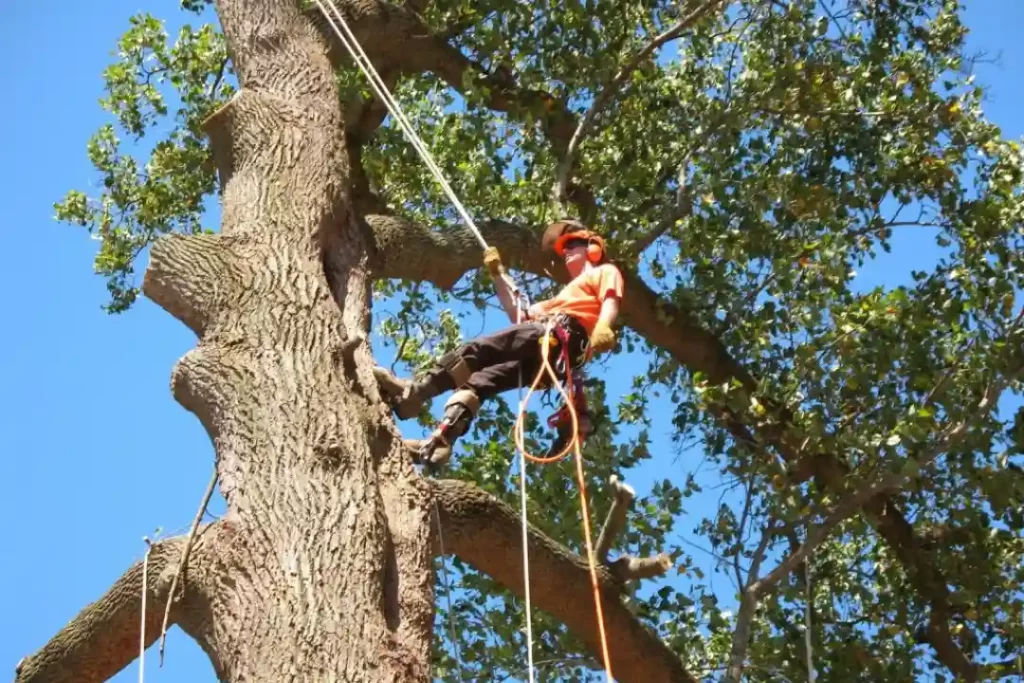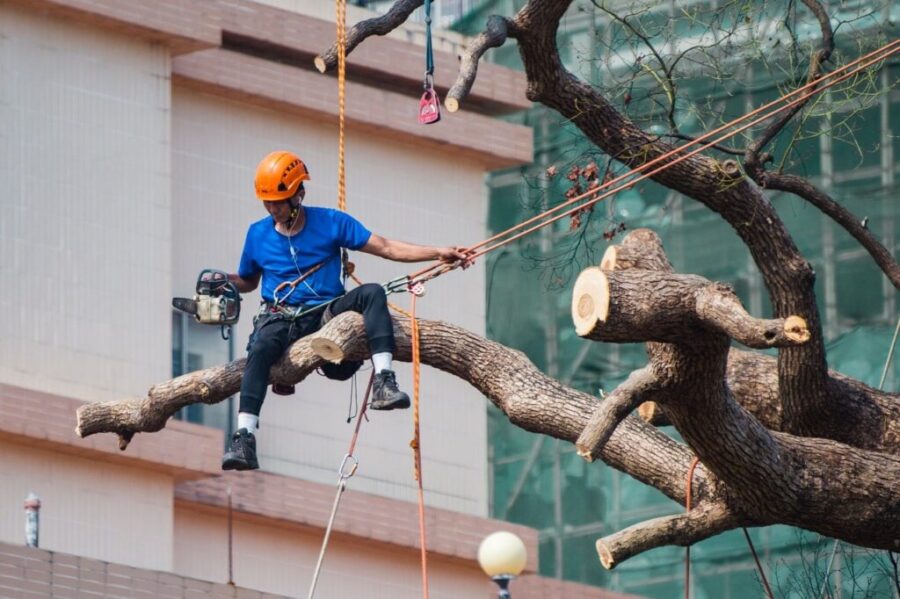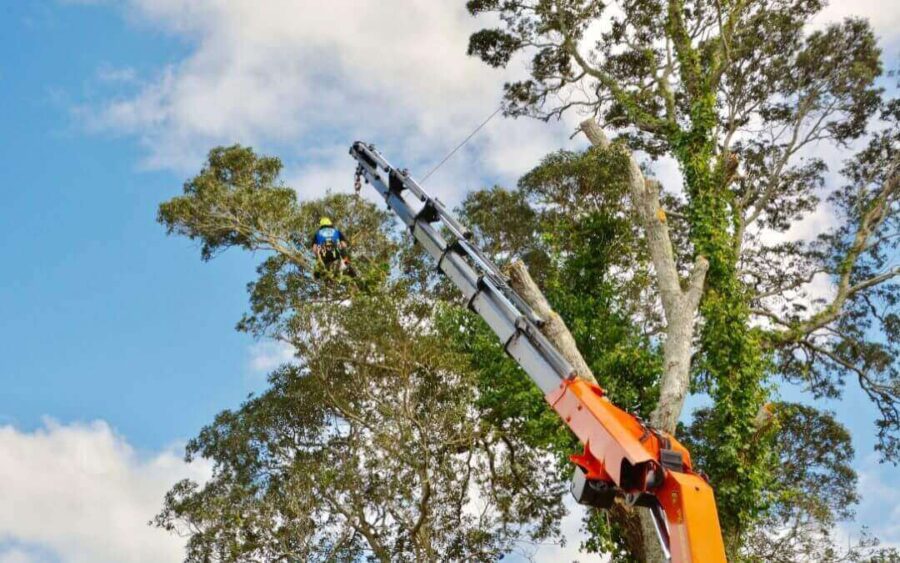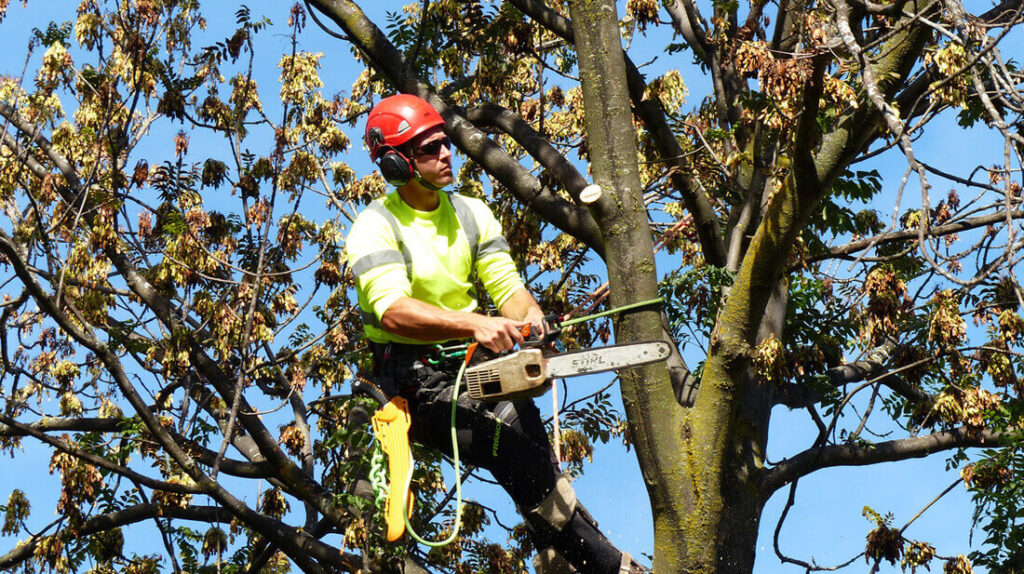If you live in the beautiful Blue Mountains area and find yourself in need of tree removal services, it’s important to choose the best provider available. Tree removal is a complex and potentially dangerous task, so it’s crucial to hire professionals who have the necessary expertise, equipment, and experience to safely and effectively remove trees from your property. In this article, we will explore the various factors you should consider when searching for the best tree removal Blue Mountains providers.
Understanding the Need for Tree Removal Services
Trees are a valuable and essential part of our environment, providing shade, beauty, and homes for wildlife. However, there are situations where tree removal becomes necessary. One common reason is when a tree becomes diseased or damaged beyond repair. In such cases, removing the tree is crucial to prevent the spread of diseases or to avoid potential hazards.
In addition, trees sometimes need to be removed to make way for construction projects or to clear space for new landscaping. Whatever the reason, it’s important to understand the need for professional tree removal services to ensure the job is done safely and efficiently.
The Importance of Professional Tree Removal
Professional tree removal is vital for several reasons. Firstly, experts have the knowledge and experience to assess the condition of a tree and determine the best course of action. They can identify potential risks and take appropriate precautions to protect your property and the surrounding area.
Furthermore, professional tree removal providers have specialized equipment and techniques to safely fell and remove trees. They are trained in using chainsaws, ropes, and other tools necessary for the job, minimizing the risk of accidents or damage to your property.
Lastly, professional tree removal companies usually carry proper licensing and insurance. This means that in the unlikely event of an accident or damage occurring during the tree removal process, you’re protected from any liability.
Risks Associated with DIY Tree Removal
While DIY projects can be fun and cost-effective, tree removal is not a task to be taken lightly. Attempting to remove a tree without proper training and equipment can pose significant risks to your safety and property.
One of the biggest risks of DIY tree removal is the potential for the tree to fall in an unintended direction, causing damage to buildings, vehicles, power lines, or even injury to people. Additionally, without the right tools and techniques, improper cutting can lead to the tree falling apart unevenly, making it even more dangerous to handle.
Furthermore, tree removal often involves working at heights or in confined spaces, which increases the risk of accidents. It’s crucial to prioritize safety and leave tree removal to the professionals who have the expertise and equipment necessary for the job.
Environmental Impact of Tree Removal
Aside from the safety considerations, tree removal also has an environmental impact. When a tree is removed, it disrupts the ecosystem it supports. Trees provide habitat for birds, insects, and other wildlife, and their removal can lead to a loss of biodiversity.
Additionally, trees play a crucial role in mitigating climate change. They absorb carbon dioxide from the atmosphere, helping to reduce greenhouse gas emissions. Removing trees without proper consideration can contribute to the increase in carbon dioxide levels and exacerbate the effects of climate change.
Therefore, when considering tree removal, it’s important to consult with professionals who can assess the situation and provide alternative solutions if possible. They may be able to recommend tree trimming or other measures to preserve the tree while addressing any concerns.
Key Factors to Consider When Choosing a Tree Removal Provider
When searching for the best tree removal Blue Mountains providers, it’s essential to consider several key factors to ensure you’re making the right choice. Let’s explore these factors in detail. Click here to learn about why tree removal in the Blue Mountains is essential.
Expertise and Experience
It’s crucial to choose a tree removal provider with expertise and experience in the industry. Look for companies that have been operating for a significant period. Experienced providers have likely encountered a range of tree removal scenarios, equipping them with the necessary skills to handle your specific needs.
Ask about the qualifications and training of the company’s staff. Are they certified arborists? Do they participate in ongoing training to stay updated on the latest techniques and industry standards? Remember, the more experience and knowledge a provider has, the better equipped they are to handle your tree removal requirements.
For instance, a reputable tree removal provider may have arborists who specialize in different tree species, ensuring that they have the expertise to handle any type of tree removal job. They may also have experience dealing with challenging situations, such as trees located near power lines or in tight spaces.
Equipment and Techniques
The quality and condition of the equipment used by a tree removal provider can significantly impact the efficiency and safety of the job. Inquire about the types of tools and machinery the company uses for tree removal. A reputable provider should have modern equipment that is well-maintained and suitable for the task at hand.
Additionally, consider the techniques employed by the company. Are they up-to-date with industry best practices? Do they prioritize safe and efficient methods? A provider that invests in quality equipment and follows proper techniques is more likely to deliver satisfactory results.
For example, advanced tree removal techniques such as sectional dismantling or crane-assisted removal may be necessary for certain situations. These techniques ensure that the tree is removed safely and without causing damage to nearby structures or landscapes.
Licensing and Insurance
Ensuring that the tree removal provider you choose is properly licensed and insured is crucial. Licensing indicates that the company meets specific licensing requirements set by the relevant authorities. It demonstrates their commitment to compliance and professionalism.

Insurance is equally important as it protects you and your property in the event of accidents or damage during the tree removal process. Ask potential providers for proof of insurance and verify its validity before making a decision.
Furthermore, a reputable tree removal provider will have liability insurance to cover any potential damages that may occur during the removal process. This protects both the provider and the customer from any financial burden that may arise from unforeseen circumstances.
The Process of Tree Removal in Blue Mountains
Understanding the tree removal process can help you make an informed decision when hiring a provider. Let’s explore the typical steps involved in tree removal in the Blue Mountains area.
Initial Assessment and Quotation
When you contact a tree removal provider, they will typically conduct an initial assessment of the tree(s) in question. A certified arborist will evaluate the tree’s condition, assess any potential risks, and determine the most appropriate course of action.
Once the assessment is complete, the provider will provide you with a quotation detailing the estimated cost and the proposed timeline for the tree removal. It’s advisable to obtain multiple quotes from different providers to compare prices and services.
The Actual Tree Removal Process
Once you’ve accepted a quote and scheduled the tree removal, the actual process can begin. The provider will arrive at your property with the necessary equipment and crew. They will take all necessary precautions to ensure the safety of your property and the surrounding area.
The tree removal process typically involves carefully cutting the tree into manageable sections and lowering them to the ground using ropes and pulleys, especially when dealing with larger trees. The removal crew will work systematically to ensure the tree is safely dismantled and removed without causing any damage.
Post-Removal Cleanup and Maintenance
After removing the tree, the provider will generally offer post-removal cleanup services. This includes removing tree debris, chipping branches, and disposing of any remaining waste. Additionally, they may provide advice on how to care for your landscape and recommend any necessary maintenance work after the tree removal.
It’s important to discuss the specifics of cleanup and maintenance with the provider beforehand to ensure you have a clear understanding of what’s included in their services.
Cost Considerations for Tree Removal Services
The cost of tree removal services can vary depending on several factors. It’s essential to understand these factors to make an informed decision and get the best value for your money.
Factors Influencing the Cost
The cost of tree removal is influenced by various factors, including the size and location of the tree, the complexity of the removal process, and the number of trees to be removed.
Larger trees that require more extensive equipment and labor will generally cost more to remove. Additionally, trees located in tight or hard-to-access areas may require additional effort and specialized equipment, leading to increased costs.
Getting the Most Value for Your Money
While cost is an important consideration, it’s equally essential to prioritize quality and safety when choosing a tree removal provider. Opting for the cheapest quote without considering the provider’s expertise and reputation can result in subpar work or even potential hazards.
Obtain multiple quotes from different providers and compare not only the prices but also the services offered and the provider’s credentials. Read reviews and ask for recommendations from friends or neighbors who have had similar work done. Investing in a reputable and experienced provider who delivers high-quality work will ultimately give you the most value for your money.

Frequently Asked Questions About Tree Removal Services
Here are answers to some common questions you may have about tree removal services in the Blue Mountains area:
When is the Best Time for Tree Removal?
While tree removal can be carried out throughout the year, certain seasons may be more favorable than others. Winter and early spring are often considered better times for tree removal, as the ground is generally firmer, and trees are dormant. However, it’s best to consult with a professional tree removal provider to determine the best time based on your specific circumstances.
How Long Does the Process Take?
The duration of the tree removal process can vary depending on several factors, including the size and complexity of the job. Smaller trees or those located in open areas may be removed more quickly than larger trees or those surrounded by obstacles. Your selected provider should be able to provide you with an estimated timeline based on your specific situation.
Is Stump Removal Included in the Service?
Stump removal may or may not be included in the tree removal service, depending on the provider. Some companies offer stump removal as part of their standard service, while others may charge an additional fee. It’s important to discuss stump removal with the provider during the initial assessment and quotation phase to ensure you have a clear understanding of their services.
By considering the factors mentioned above and asking the right questions, you can find the best tree removal Blue Mountains providers who will meet your needs and ensure the safe and efficient removal of trees from your property. Remember, safety and quality should always be prioritized when choosing a provider for such an important task.




